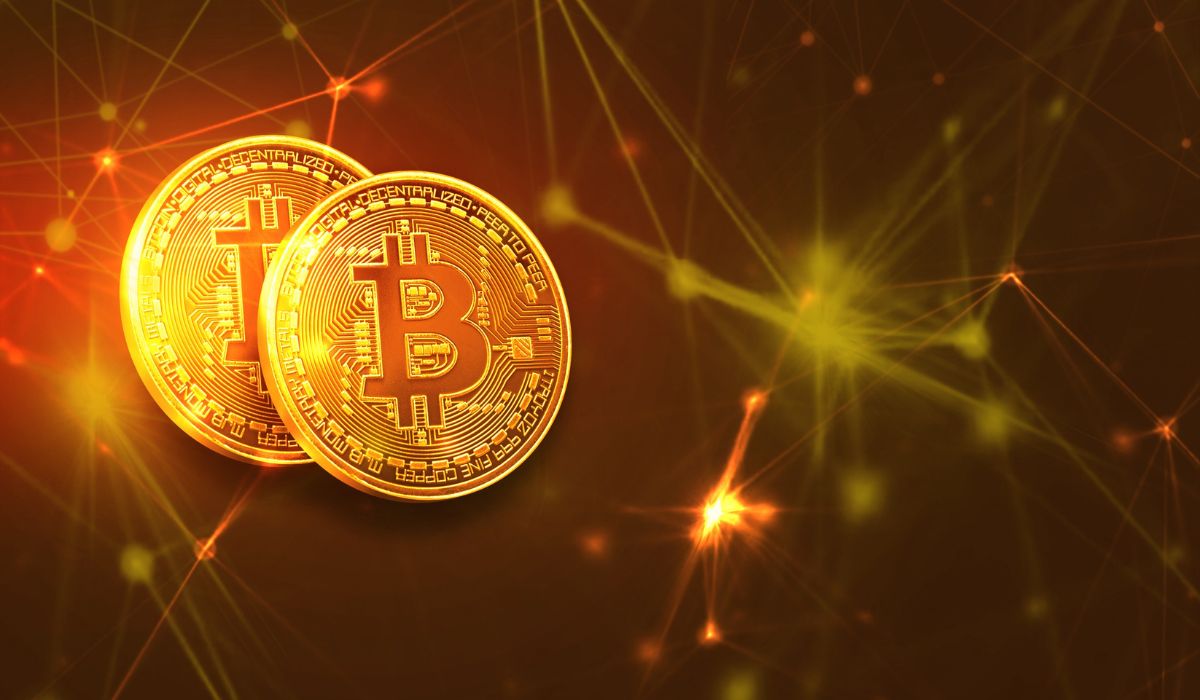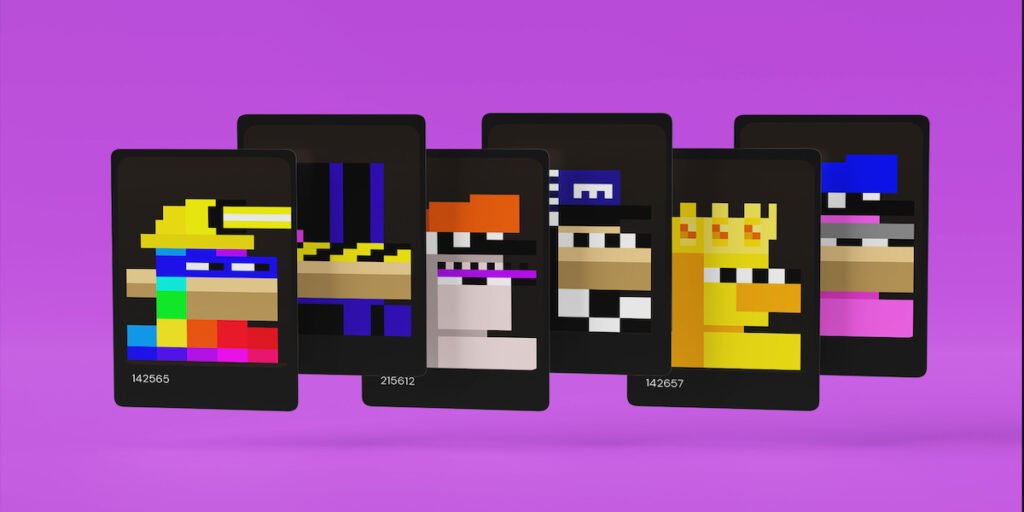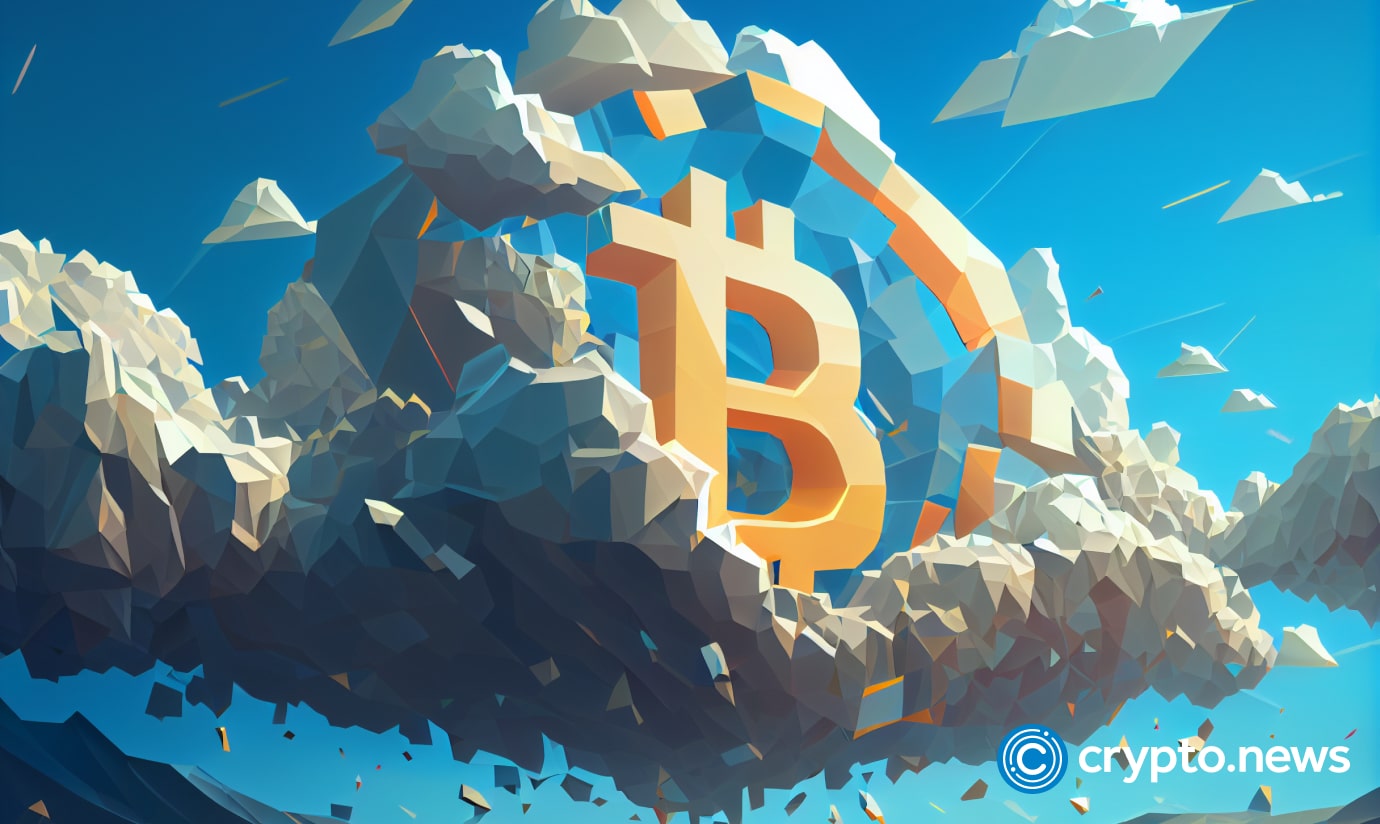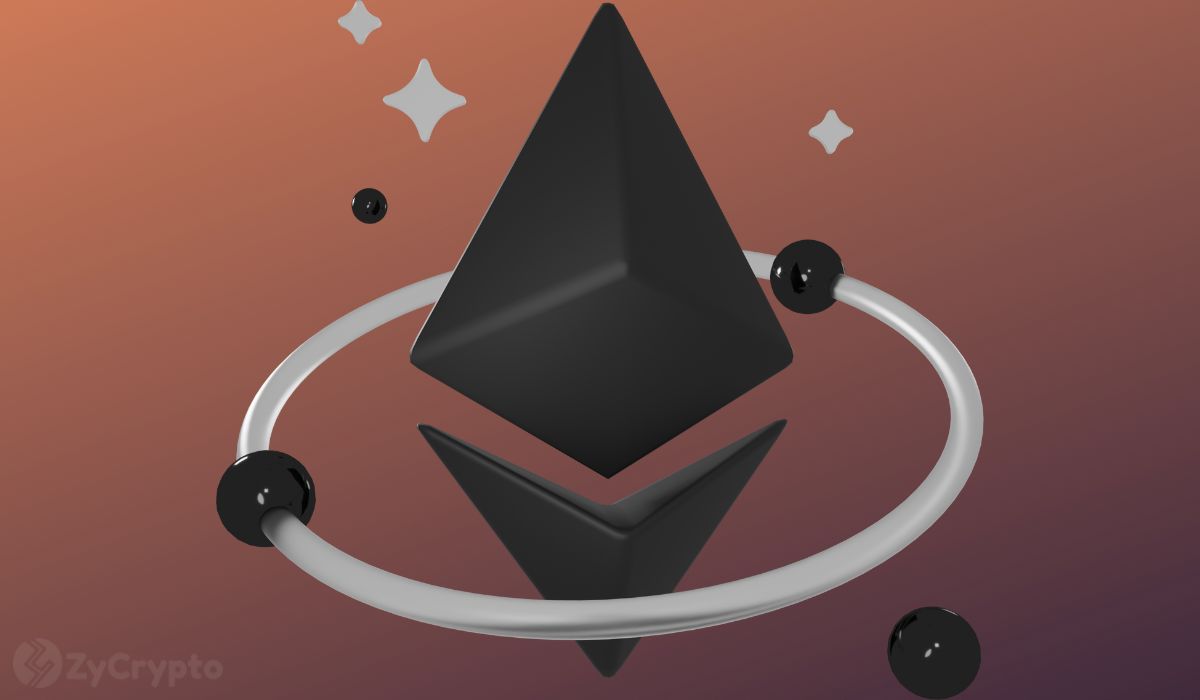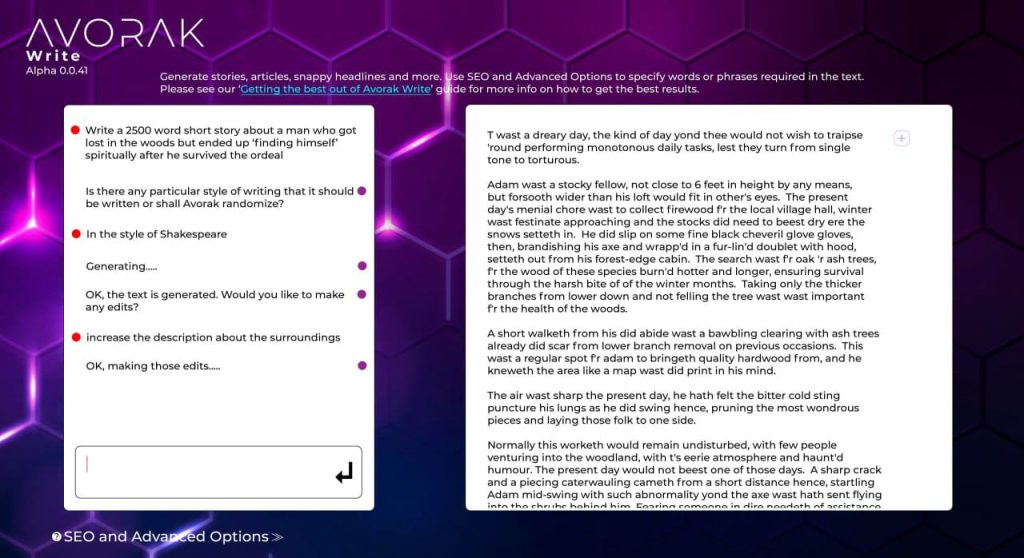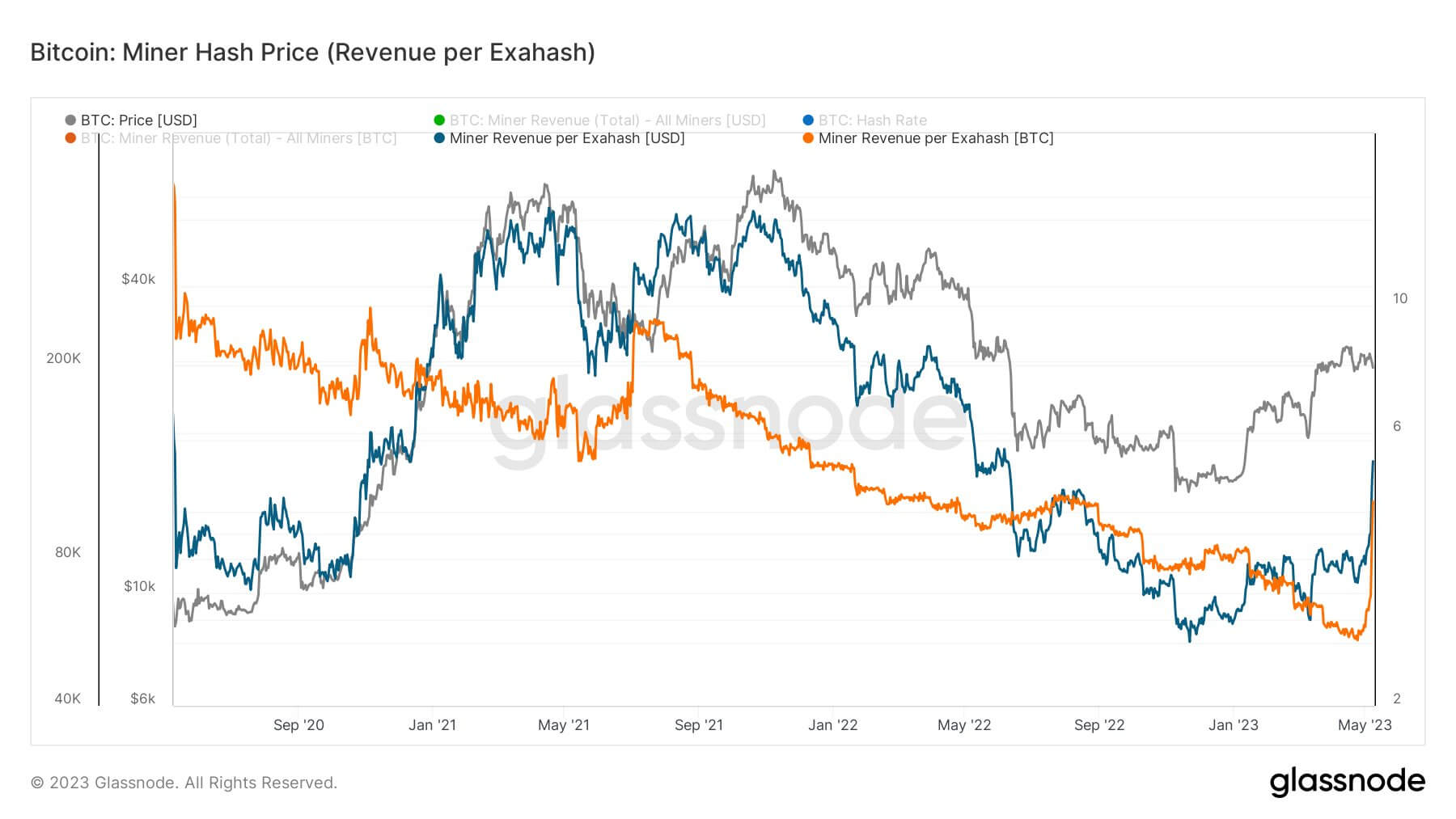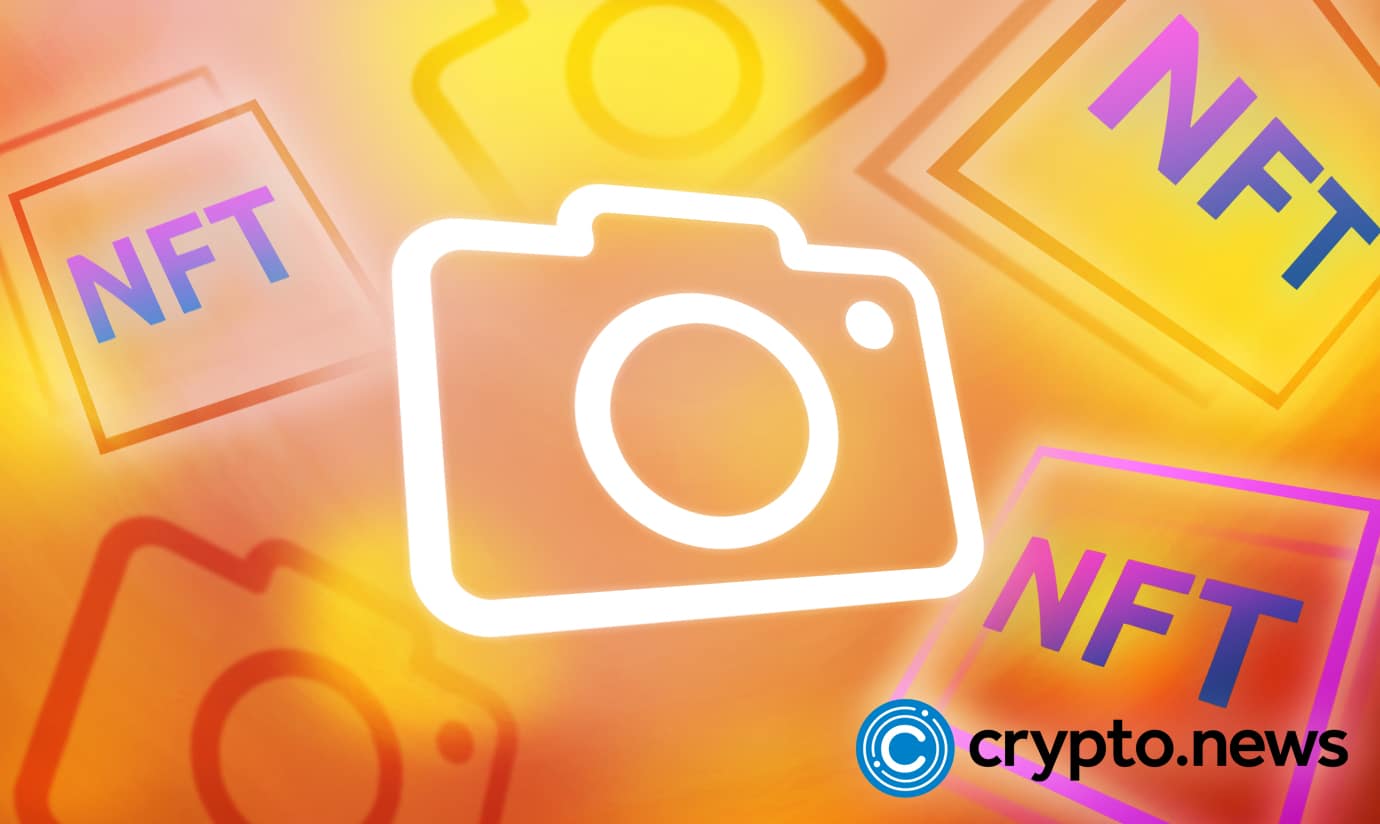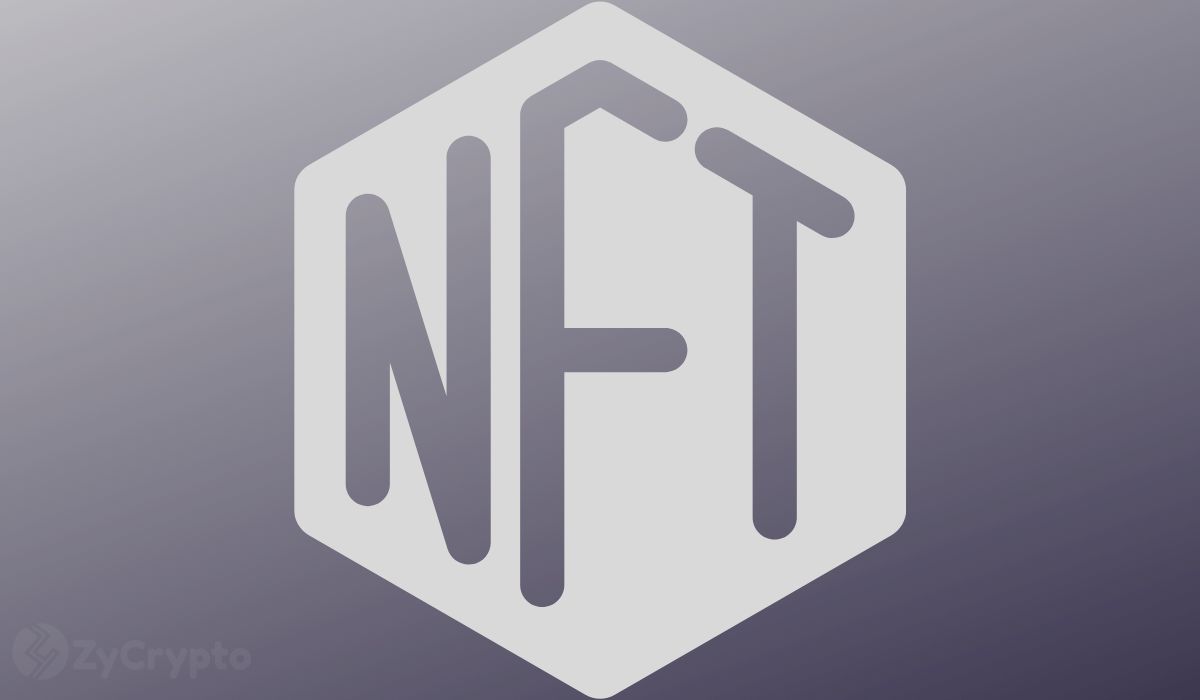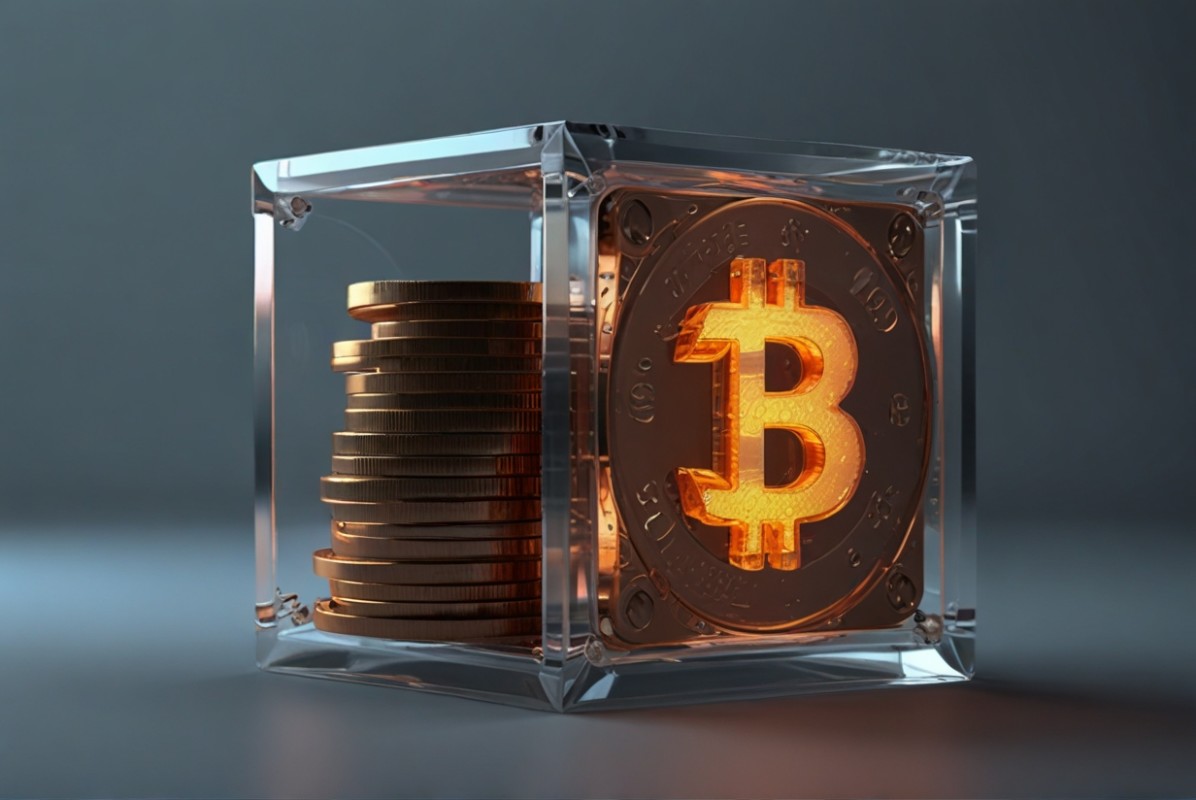
2024-5-14 22:00 |
For months Bitcoiners have been bitterly debating the Ordinals phenomenon and the large amount of trading activity and congestion they brought to the chain.
It’s a very nuanced clash where it’s difficult to find the correct “ideological” response. I won’t be trying to give a definitive answer here, as that’s ultimately up to the community at large. But hopefully we can all agree to some common ground rules that can help us resolve the debate without going into another war resulting in bitter hard forks.
A Tale of Free Markets and the Higher PurposeThe complexity of the debate lies in the cognitive dissonance that Ordinals trigger within the Bitcoin community. It’s safe to say that Bitcoiners are very much pro-free markets, pro-liberty and pro-financial freedom.
And on the one hand, Ordinals are the purest expression of free market will. If some people are okay with paying to transact with jerry-rigged tokens that are pushing the capabilities of Bitcoin Script to their limits, then who are we to say that this is a mistake?
The Bitcoin network’s foundation lies in using egoistic economic incentives to create a positive outcome for all — the creation of a neutral value settlement and payments layer.
Miners, as one of the key pillars of Bitcoin, are making huge amounts of money from Ordinals.
And we can’t deny the long-term benefits of Ordinals and BRC-20s for the network either. Ordinals have managed to push the percentage of fees in the miners’ overall revenue to about 10%, which is similar to what we saw in the most active phase of the 2021 bull market.
Though some Bitcoiners may choose to downplay this issue, the fact remains that without the mining rewards, Bitcoin security would be tenuous at best. It follows that whatever can push usage of the Bitcoin blockchain is good for Bitcoin, right?
Of course, it’s not quite that simple. Ordinals make it more expensive to use Bitcoin for what it was designed: payments and transfer of value.
Some hardline Bitcoiners would probably have a heart attack if they saw the community embrace speculative trading of shitcoins as a “fix” to the security budget issue. And they’re not all that wrong.
Bitcoin was born as a vehicle to escape the tyranny of central banks, to give everyone in the world the hardest money ever designed, and to serve as a neutral layer for people to use regardless of their economic, geographic or political background. Speculative trading of shitcoins doesn’t exactly fit that higher purpose.
So, while Ordinals are probably a legitimate use of Bitcoin that fits with the free market-oriented principles shared by Bitcoiners, they ultimately hinder Bitcoin from achieving its true purpose. How do we reconcile this?
Pragmatism is the name of the game?There is currently an unresolved issue in the Bitcoin Core GitHub that proposes to treat Ordinals as a vulnerability in Bitcoin Core, where the only appropriate response is to root it out in any way possible.
That is certainly one way to think about it, but I think that this approach is too much of a knee-jerk reaction. Bitcoin is beautiful in its simplicity and sturdiness, and the community has rightfully resisted meaningful change to its fundamentals in these years.
Ordinals and BRC-20s are somewhat of a trick, but they still follow the rules of Bitcoin. They aren’t causing any more danger to Bitcoin than the hyperactive traders of 2017, who caused the largest spike in Bitcoin fees to date. Even spiritually, they are not so different from the Omni protocol, which used the OP_RETURN field to introduce tokens to Bitcoin (USDT is probably its most famous user).
The consensus in the Bitcoin community is that the bulk of the users should use L2 solutions to transact with BTC, and that the main chain should be reserved for extremely high value and high cost usage. That is, after all, the only way to fit enough transaction fees in the current block size to ensure the long-term security budget.
If L2s were to gain mass adoption, then most of the Bitcoin network usage would be as a data layer for these secondary protocols. I don’t think this would be the worst thing in the world. And if I were to choose, I’d pick Bitcoin as the go-to data availability solution for extremely sensitive information — far ahead of customized solutions whose future depends largely on the coffers of a single development company.
But the key argument is that if we need to make changes to Bitcoin, they have to be extremely slow, methodical and calculated.
While I understand the hostility towards the way Ordinals are mostly used today, they can also be very useful for non-speculative uses. I’d definitely pick them to store the next Wikileaks.
There is also an argument to be made for speculators. Without them, Bitcoin wouldn’t have reached the global popularity it has today. It’s always acted as a Trojan Horse, a way to bootstrap the network effect required to make Bitcoin global money.
As long as BRC-20s and Ordinals do not realistically endanger Bitcoin, we should ensure they are given time to evolve and grow. This doesn’t mean that anything should be done at a network level to support them even more. Quite simply, if it works, don’t fix it — we may just see something of real value come out of this experimentation.
This is a guest post by Robbie Greenfield. Opinions expressed are entirely their own and do not necessarily reflect those of BTC Inc or Bitcoin Magazine.
origin »Bitcoin (BTC) на Currencies.ru
|
|

